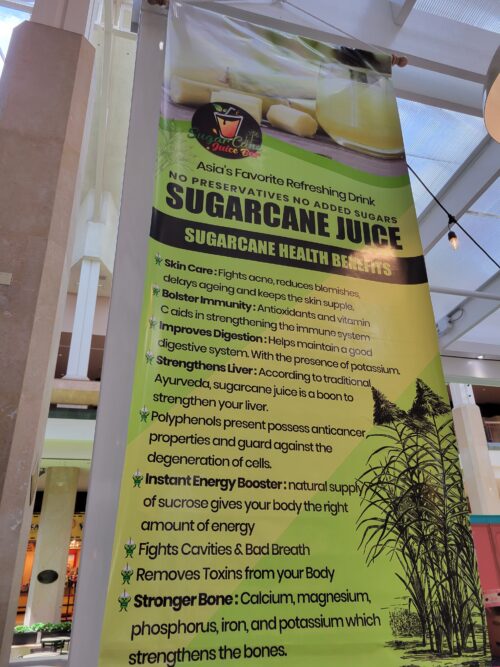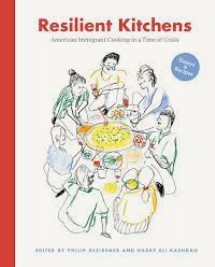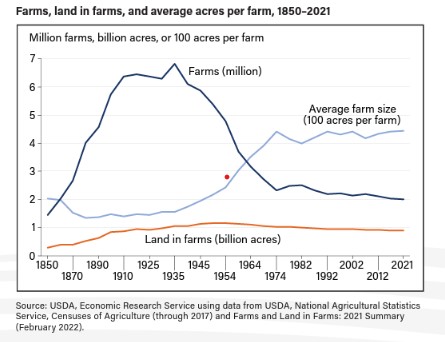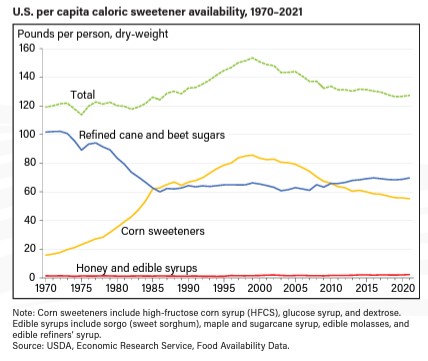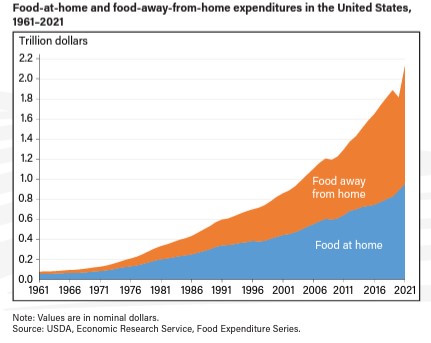Weekend reading: “Henfluence” for the love of chickens
Tove Danovich. Under the Henfluence: Inside the World of Backyard Chickens and the People Who Love Them. Agate, 2023 (223 pages).

I’ve followed Tove Danovich’s career with great interest, not least because she took a course with me in the Food Studies master’s program at NYU some years ago.
This is her first book, a nonfiction account of the chickens she raises, each named and identified, the contrast between the welfare of chickens raised in backyards as opposed to industrial batteries, and her love for chickens in general and hers in particular.
During the first year of the pandemic, chicken watching became my main hobby. (Not that there were many other options.) When the news got to be too overwhelming, watching the chickens was how I reset Obviously, I’m not the first one to discover the therapeutic power of chickens..Some people pour themselves a glass of wine; others stare at chickens. (p. 107)
She adopts two checkens rescued from factory farms and names them Thelma and Louise.
Some of Thelma’s and Louise’s natural behaviors came back as soon as they were given the chance to express them—dust bathing, foraging, laying in the sun—but their bodies and minds took longer to heal A year after they were rescued, the hens’ feathers were almost completely regrown with the exception of their still sparse tail feathers. Some things won’t change. They will probabl always sleep on the floor of the coop. Their beaks will never grow back. But they’ve found a place for themselves in the flock and with me. (p. 193)
The book has plenty to say about the political, economic, and animal-welfare aspects of factory farmed chicken raising, but mostly it’s a personal account of her enjoyment of raising backyard chickens.
She eats their eggs. She does not eat the hens.
*******
For 30% off, go to www.ucpress.edu/9780520384156. Use code 21W2240 at checkout.


